In the summer of 2010 I was fortunate to visit the beautiful Russian city of St Petersburg while on a cruise of the Baltic. After buying a quite expensive tourist permit to be able to set foot on Russian soil I set about exploring this historic and important city.

My visit to the Hermitage museum was of course a treat, as this legendary museum features the art collections which the Russian czars amassed over the centuries.


As I walked around the city I found that it had a small Venice-like canal system with bridges and beautiful historic buildings and squares.
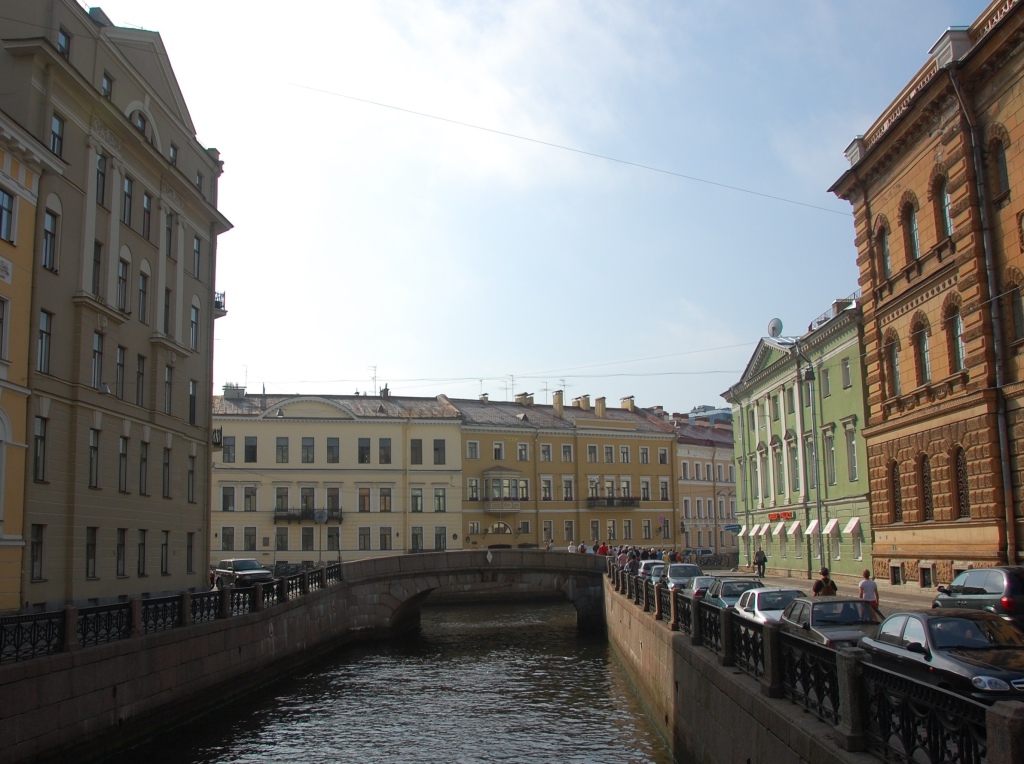
The cathedral of St Petersburg was a particularly memorable building and serves as a great example of the uniqueness of much of Russia's historic architecture.
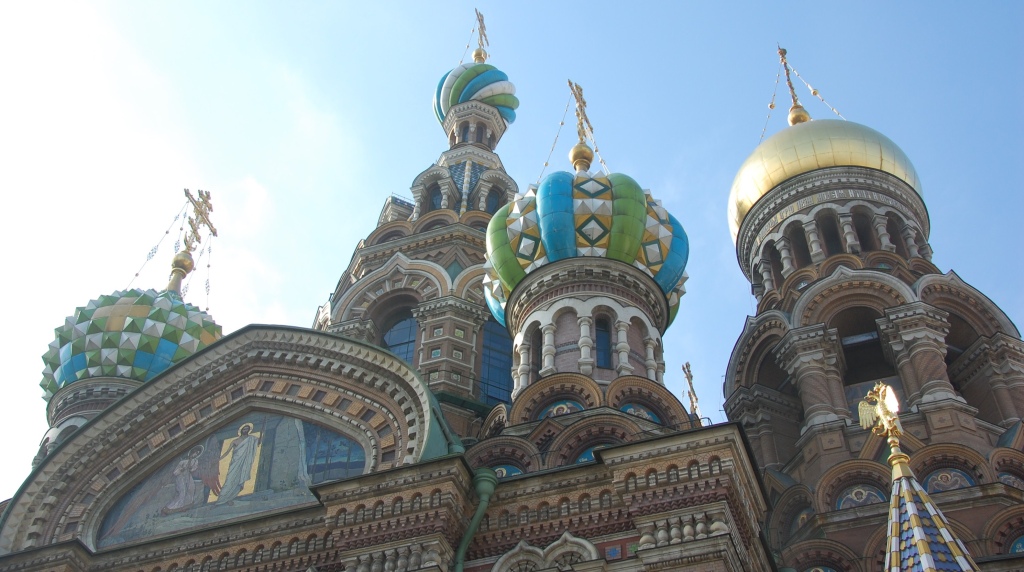
Near the cathedral was a young lady selling Russian dolls and other souvenirs. I had always wanted one so I bought one from her.
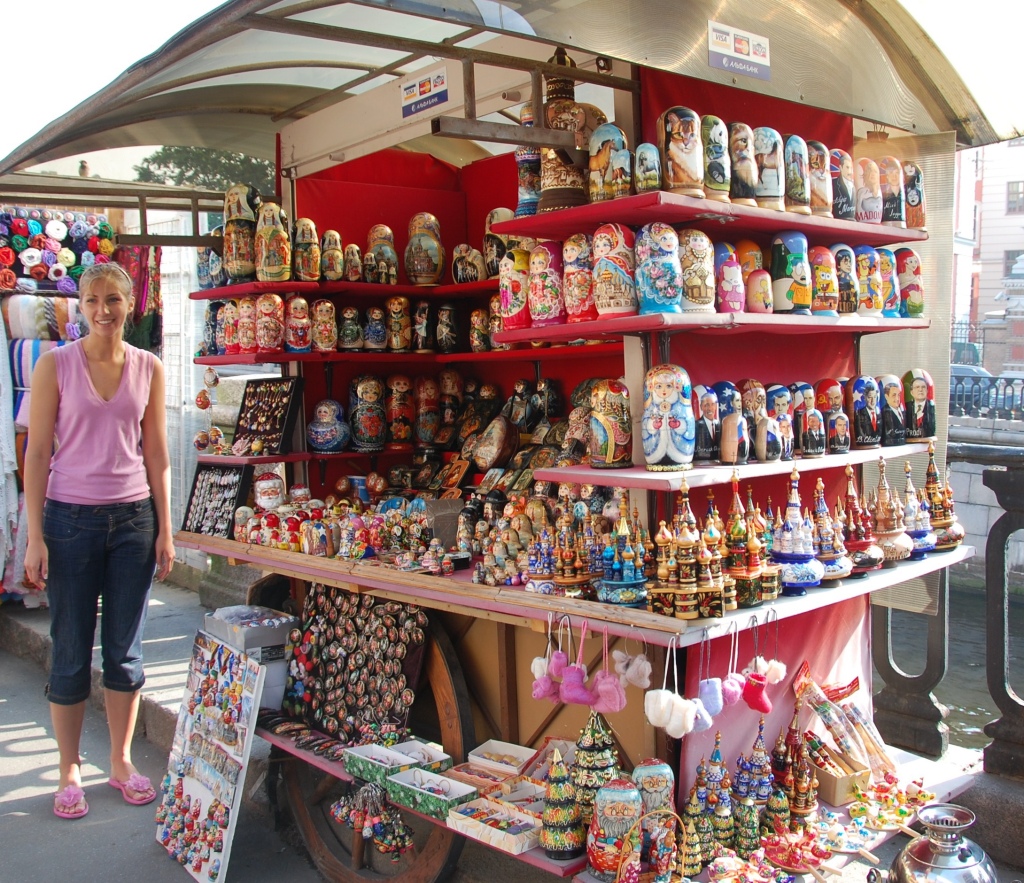
Russian dolls might seem like an eccentric souvenir and curiosity, but I realised then and especially now, in the wake of the Russian invasion of Ukraine, that there is a hidden meaning to the dolls.

My doll has Vladimir Putin as the outer figure. He was Prime Minister in 2010 and in the way of Russian leaders he has changed the Russian system of government to ensure that he is still president now, with little prospect for the Russian people to remove him. Western observers suspect that like Stalin, Brezhnev, Andropov and Chernenko, Putin will only leave the Kremlin when he dies, however and whenever that happens.
And this is the meaning of the Russian doll - that the political conditions in this vast and environmentally harsh country create leaders who, beneath their exteriors, are basically authoritarian and always resort to the kind of authoritarian rule which has characterised Russian history. So deeper inside Putin is really Brezhnev, for example, and inside him is Stalin, and inside him is Ivan the Terrible. The final tiny innermost part of the Russian doll is Russia itself, signifying that all of these men have the essence of the national character within them.
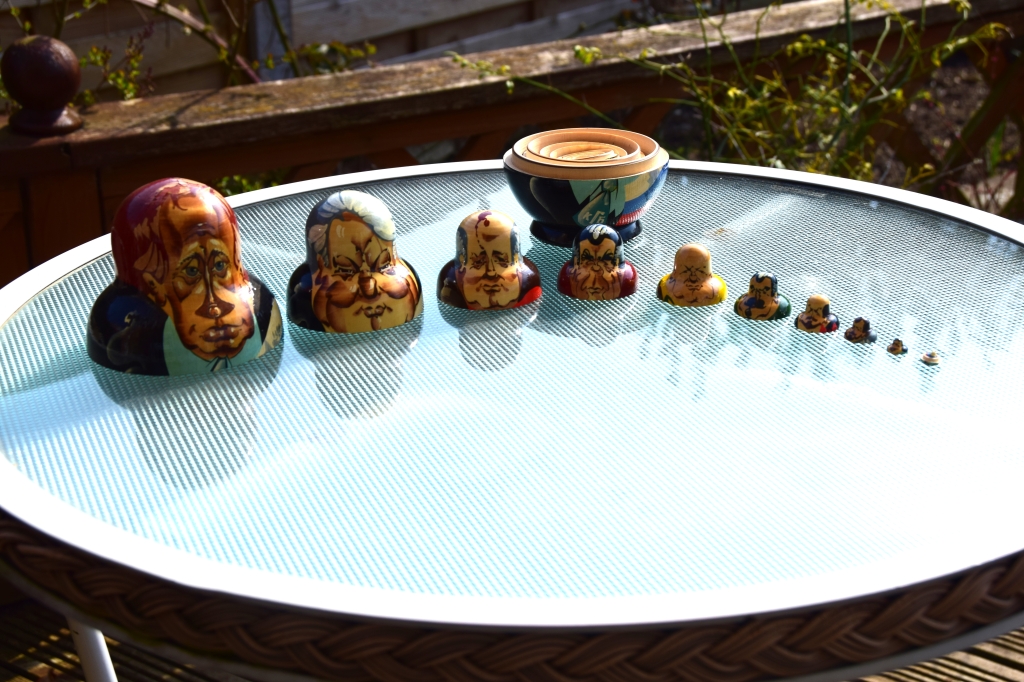
So let's go through the layers of my Russian doll.
First Putin. Like all post-revolution leaders he is of humble origins and worked his way up through the ranks of the KGB where he started as an agent in the notoriously hard-line Soviet satellite state of East Germany.
In true Russian doll fashion Putin seems to have within him the attributes of both the communist leaders and the czars. He has rebuilt the Russian secret service almost to Soviet standards. Like the czars he and his supplicants enjoy lives of luxury undreamed of by ordinary Russians, many of whom enjoy standards of living lower than in some developing countries. Finally Putin is the most ruthless and unscrupulous Russian leader since Stalin. In some ways he is worse than Stalin - he seems not to be guided by the underlying morality in communism which influenced the Soviet leaders.
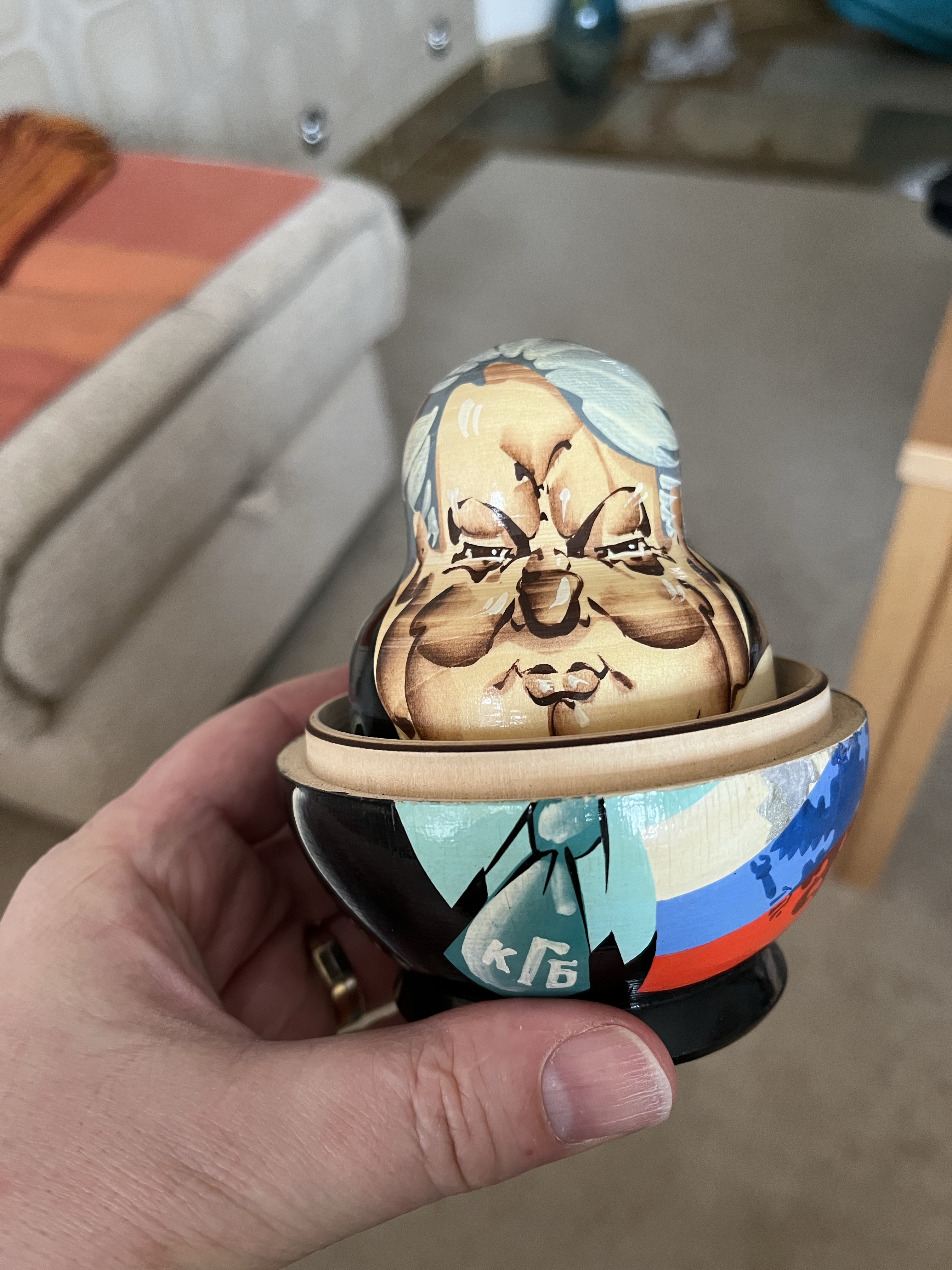
Inside Putin is Boris Yeltsin, the first Russian leader ever elected to office by its citizens. Before that Yeltsin rose in the communist hierarchy but then on the collapse of communism entrusted the young Putin to 'make me rich'. Thus the oligarch tendency returned in Russian leadership, albeit in a new form of wealthy capitalist czar, as opposed to communist czar, or imperial czar.
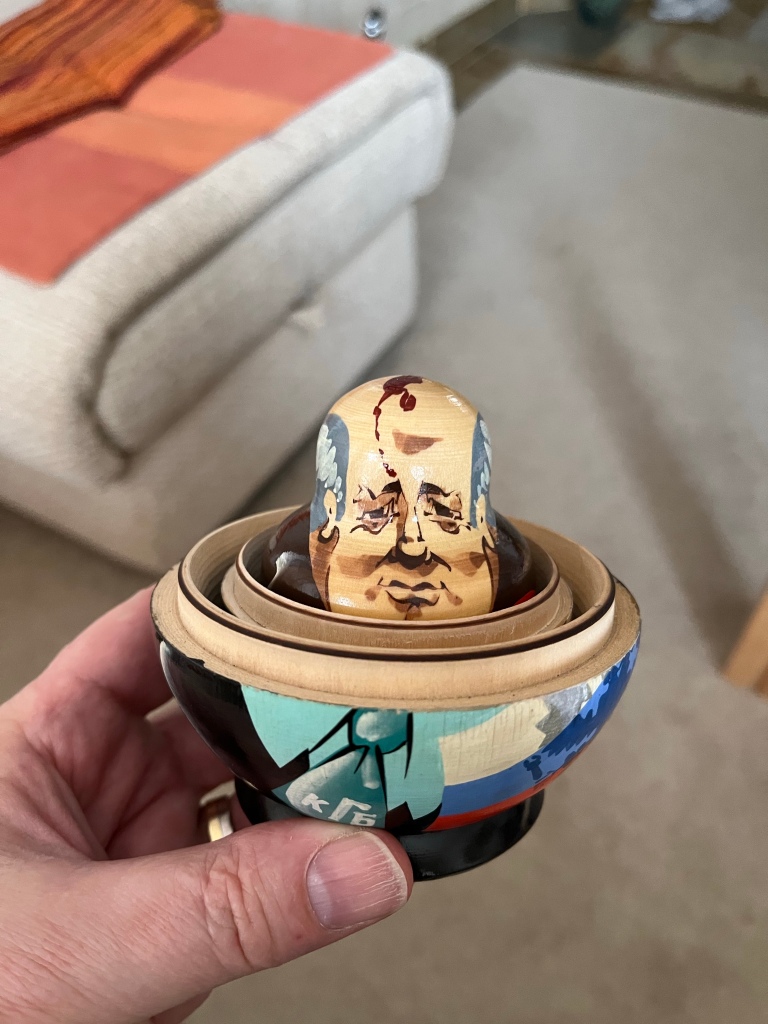
Inside Yeltsin is Mikhail Gorbachev, another communist apparatchik who worked his way up, this time via the Soviet legal system. Gorbachev tried to democratise and essentially rescue the ailing Soviet system with glasnost and perestroika (openness and restructuring). He found that the system, created by Stalin, was impossible to reform. Gorbachev then lost control of both the reform process, which Yeltsin seized leadership of in Russia itself, and the old Soviet system which organised a coup against him. He survived the coup - apparently soldiers refused to carry out orders to execute him. He then carried out a surprising plan to break up the USSR into independent republics, the consequences of which, after his leadership ended, were political and military conflicts between the Kremlin and some of the republics.
The USSR which Gorbachev inherited and then signed away was the renamed communist governed version of the old Russian Empire. Once it had broken up it would always be difficult to piece it back together again. Many of its former republics adopted the Western European economic and political system. Since the start of the twenty first century the Kremlin has seemed to want to assert influence in and even repossess territory from these former Soviet republics.
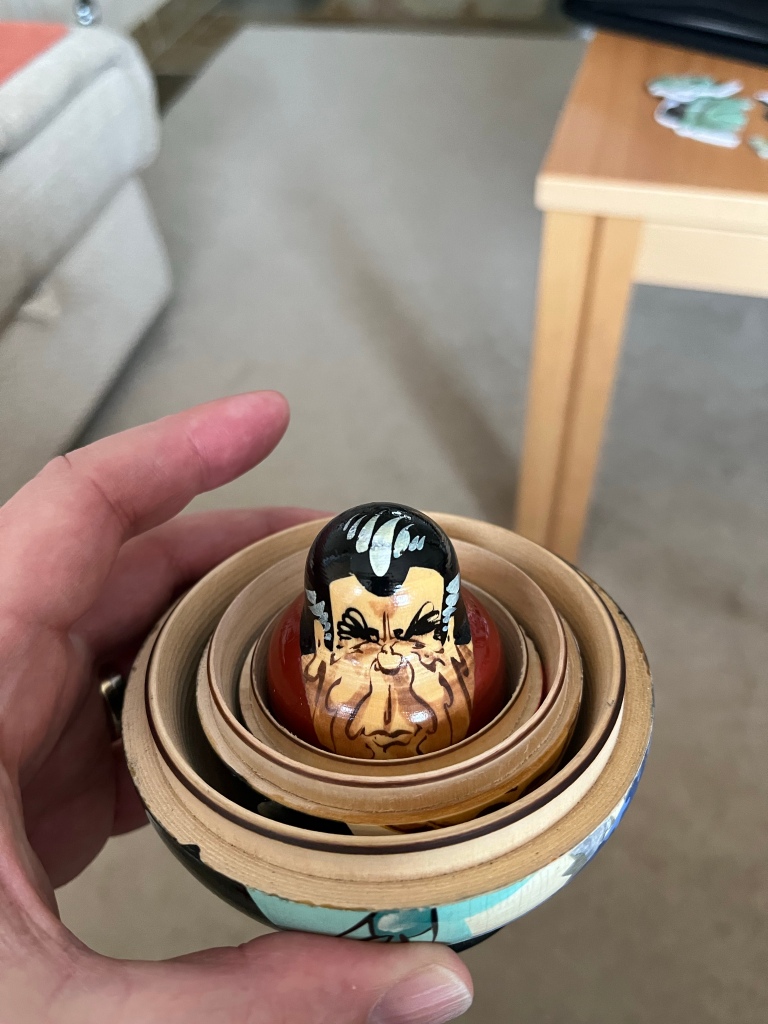
Inside Gorbachev is Leonid Brezhnev. Arguably Brezhnev has a lot to answer for. The Soviet Union stagnated under his rule and a ruinous policy was pursued of military parity with the West. As prosperity grew in Western Europe, USA and Asia, the USSR found itself trying to match the combined military capability of much of the developed world. The sheer weight of this undertaking crippled the development of the Soviet economy which in the end was a major factor in the collapse of the USSR. Basically the citizens of the West and developed Asia had better cars, televisions and washing machines than those of the USSR. They could also think and express themselves more freely.
Brezhnev could have seen that the West was not a direct military threat to the Soviet Union and pursued social and economic policies designed to make its people better off. He didn't. Like the old czars, it seems he cared more for state and authority than the freedom and prosperity of individual citizens.
Finally Brezhnev reverted to full Russian czar expansionism when he launched the ill fated invasion of Afghanistan.
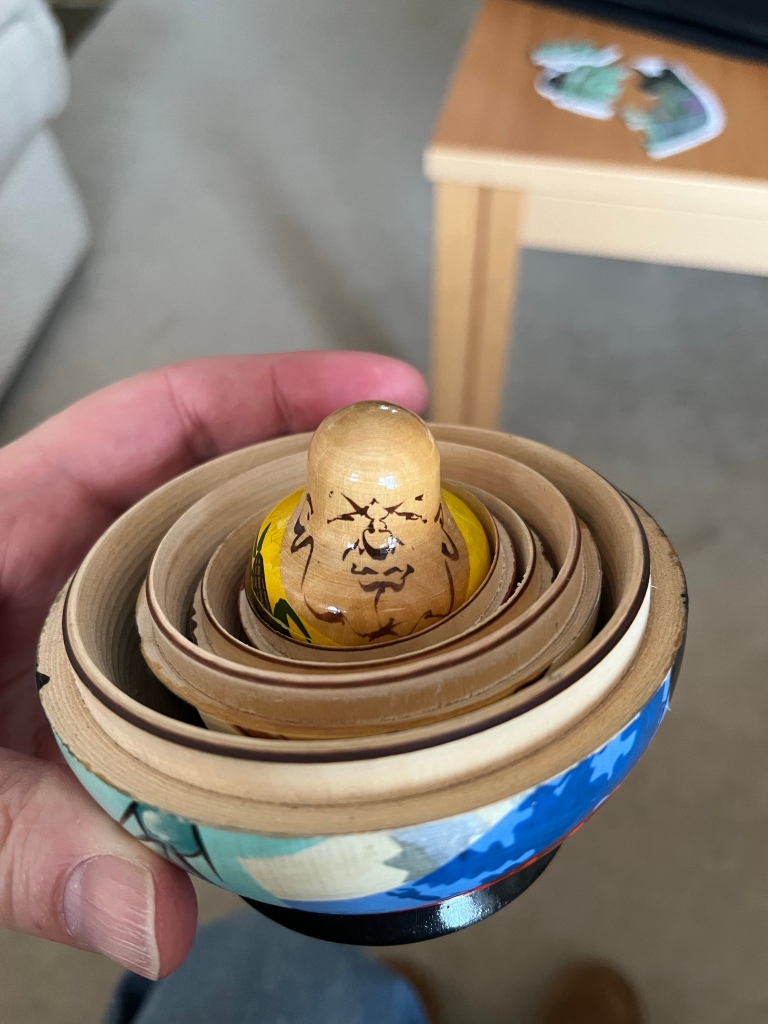
Inside Brezhnev is Khrushchev. He took power after Stalin's death. He pursued the nationalist agenda via the arms race and then a fatal decision to place nuclear missiles in Cuba. This almost caused a major war with John F Kennedy's America and led to Khrushchev's removal from office.

Inside Khrushchev we have Stalin. Often called the Red Czar, he embodied the amalgamation of communist and czarist Russia. Putin recently rehabilitated him as a national figure. Stalin is the link between Putin and the czars. He set an example to Putin of how to use secret police to run a totalitarian state.
Stalin learned from the czars that Russia can grant itself the right to seize territory which it deems to be a rightful part of the Russian Empire. At the end of the Second World War he ordered his armies to seize parts of Finland and Poland, for example. As the first Soviet leader to rediscover the might is right philosophy, he set an unfortunate trend. His successors tried to add Afghanistan and recently Ukraine to the motherland's acquisitions.
Inside Stalin are Lenin and various czars. Without going into the full history I'm sure you understand the point by now.
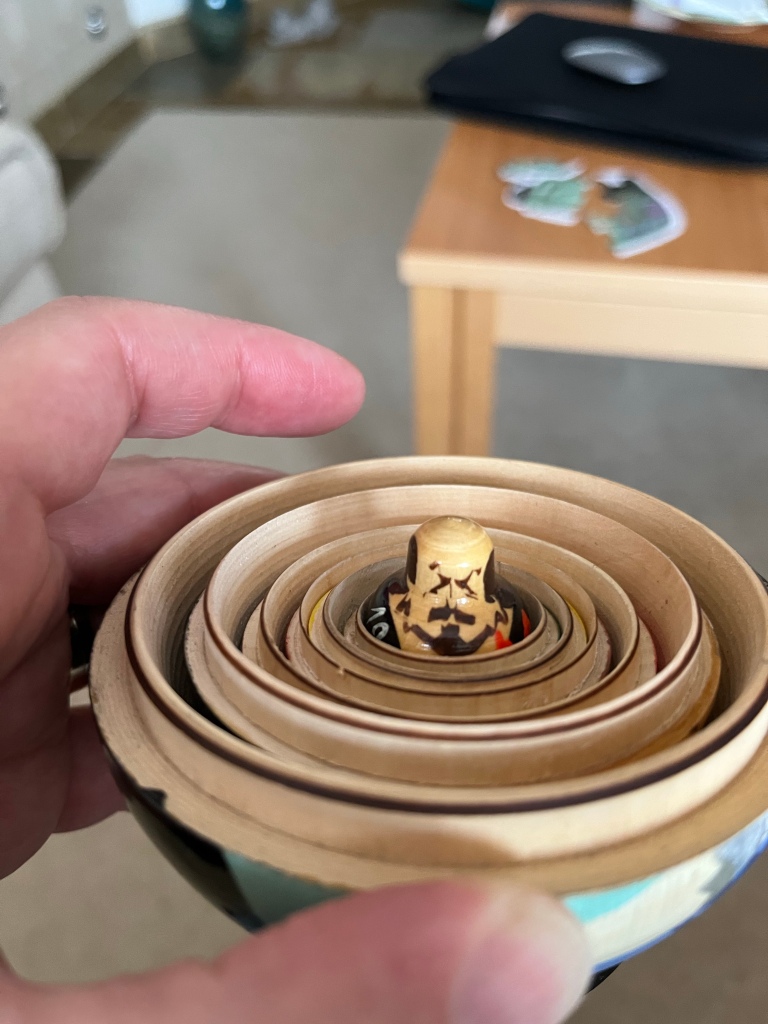
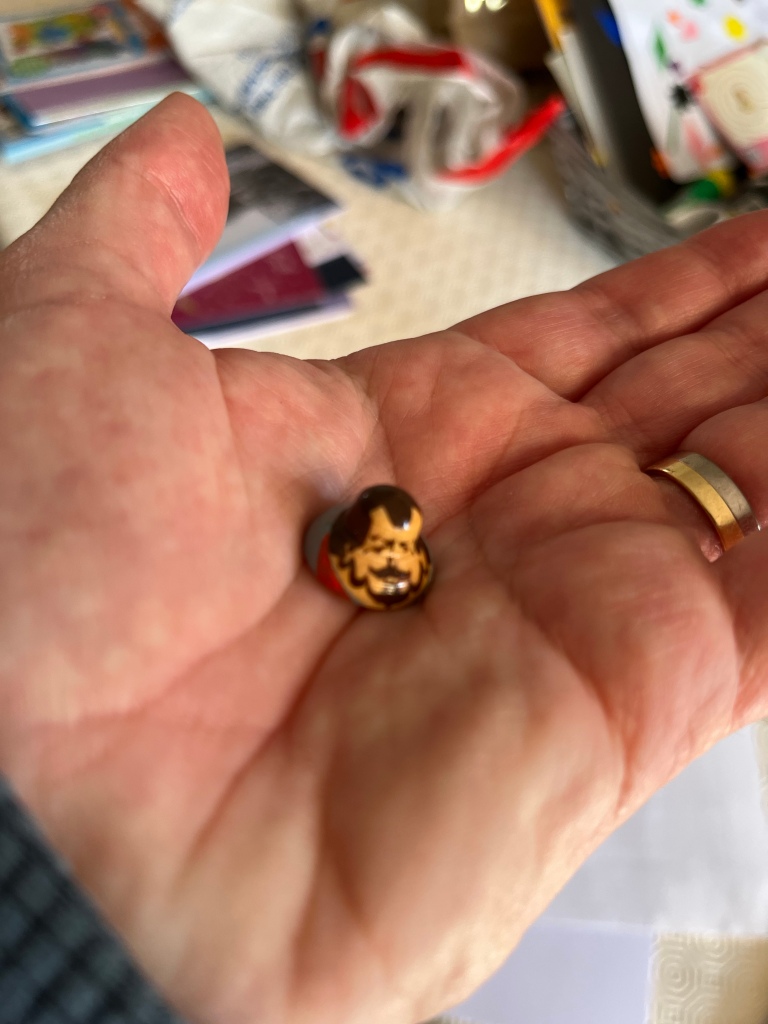
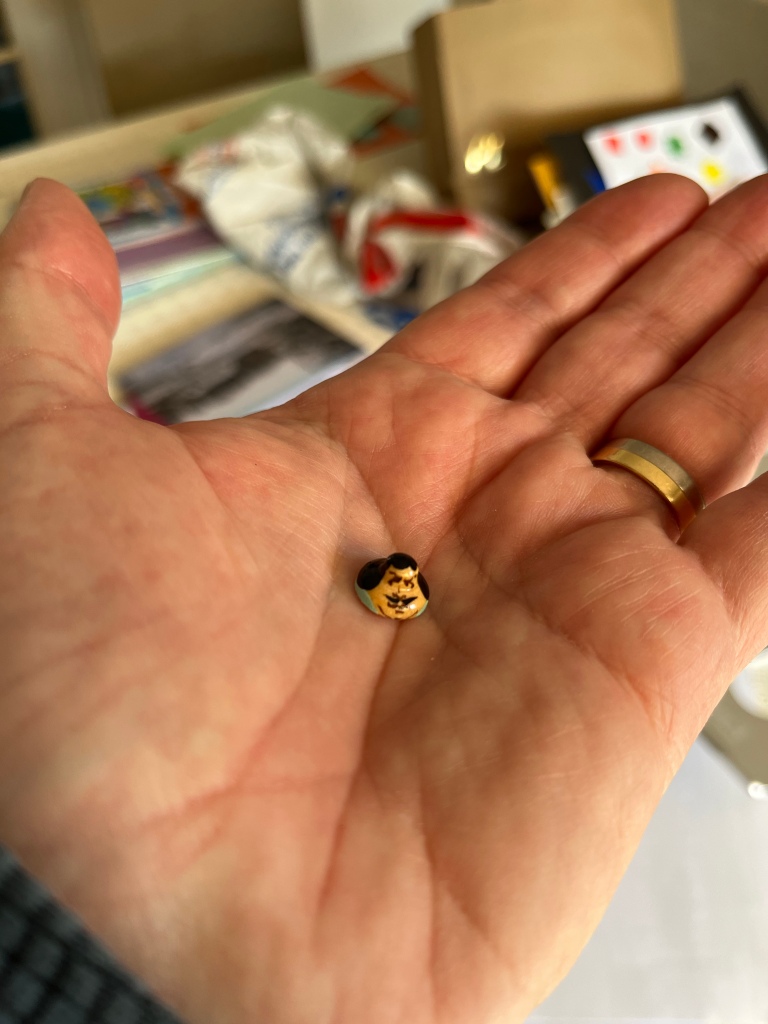

Every country is the product of its history. As Russia’s armies snatch Ukraine from its hapless people, we can only hope that Putin does not follow the path of Adolf Hitler. The entire continent of Europe is also a product of its history, and with that history comes worry about its large unpredictable neighbour to the East.








